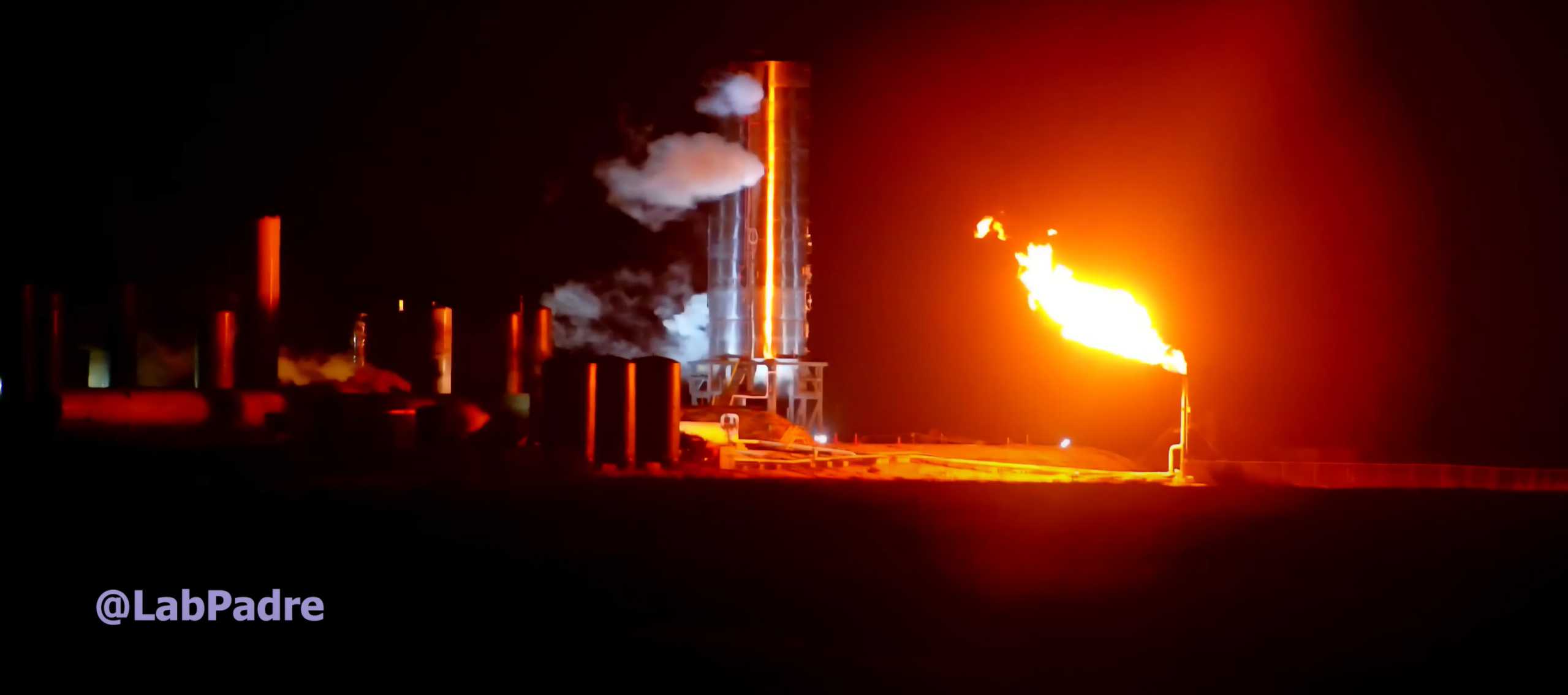
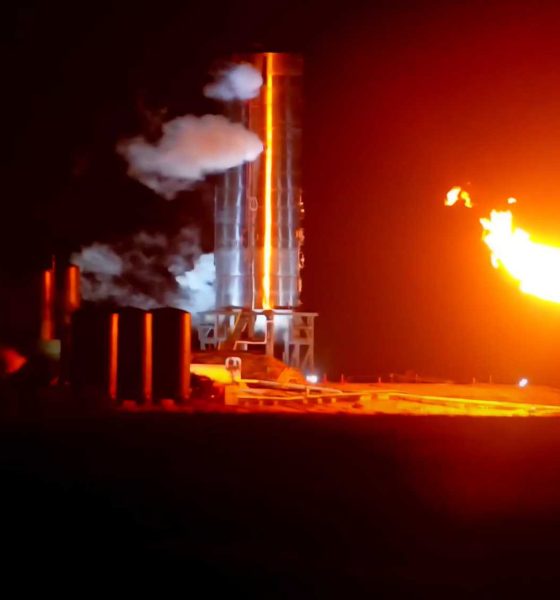
News
SpaceX’s Starship rocket program just had one of its best nights yet
Before dawn on May 4th, SpaceX successfully fueled a full-scale Starship prototype and (partially) tested an installed Raptor engine for the first time ever – perhaps the Starship program’s best night yet.
While just a small test relative to what’s soon to come, the milestone is still an extremely significant one for SpaceX and its next-generation launch vehicle. Designed to launch atop the Super Heavy booster, both Starship and its booster are meant to be fully reusable, potentially making the launch system one of the cheapest in operation on Earth. Despite that unprecedented full reusability, they should still be able to place dozens (perhaps up to 100-150+) metric tons of payload into orbit in a single launch.
To get to that point, however, SpaceX must develop and demonstrate a cornucopia of technologies and approaches – most of which are unprecedented – at a scale unmatched by ever other launch vehicle in history, save two or three. It was perhaps the most fundamental of those steps that was on the table earlier this morning.
Perhaps the single most important and uncertain part of SpaceX’s ambitious Starship architecture, SpaceX’s May 4th wet dress rehearsal (WDR) was mainly a test of Starship’s overall structure and the manufacturing apparatus SpaceX has created to build it. Despite how exotic and challenging some of Starship’s goals may sound, SpaceX’s approach to production for its newest launch vehicle is arguably the single biggest risk for the program.
Notably, CEO Elon Musk says that the ultimate goal is to roll out a single finished Starship rocket every single week and at a cost of something like $5-10 million per vehicle. Including the Super Heavy booster, the production goals of which remain unknown, SpaceX effectively wants to mass-produce dozens of fully-reusable rockets – all larger (and potentially more capable) than NASA’s Saturn V Moon rocket – for anywhere from a tenth to a hundredth of the cost.
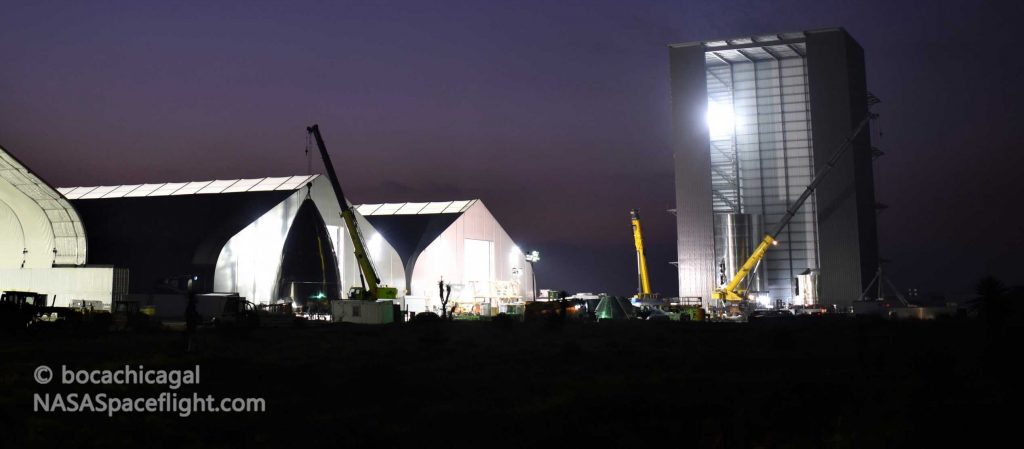
As if those goals weren’t ambitious enough, SpaceX intends to achieve them with perhaps the most spartan, minimalist factory ever attempted for orbital-class rockets. At the moment, all Starship hardware built by SpaceX to date has been manufactured in a series of tents, more recently graduating to a trio of warehouse-sized sprung structures. A large hangar – apparently dedicated to building pad infrastructure – is just shy of complete, while a separate windbreak structure and a vertical assembly building (VAB) are used to stack (assemble) full-scale Starship subsections built inside tents.
Unlike almost every other launch vehicle in history, Starship production – excluding its Raptor engines and certain other subassemblies and parts – is done in tents and is almost entirely divorced of the clean room operations rocket factories are famous for. Despite the extensive use of hand-welded seams and parts on SpaceX’s early Starship prototypes, the company has already proven that it’s well on its way to building Starships in just a week or two.
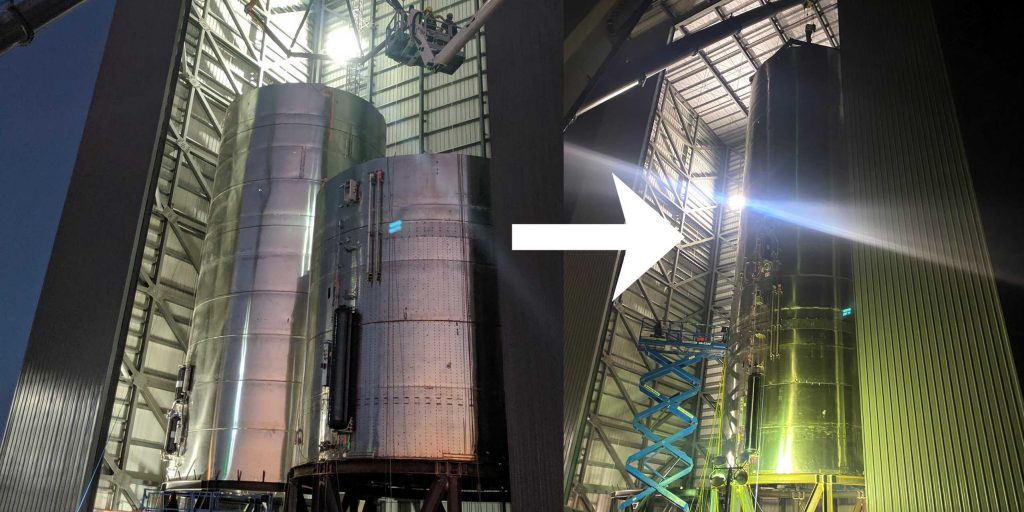
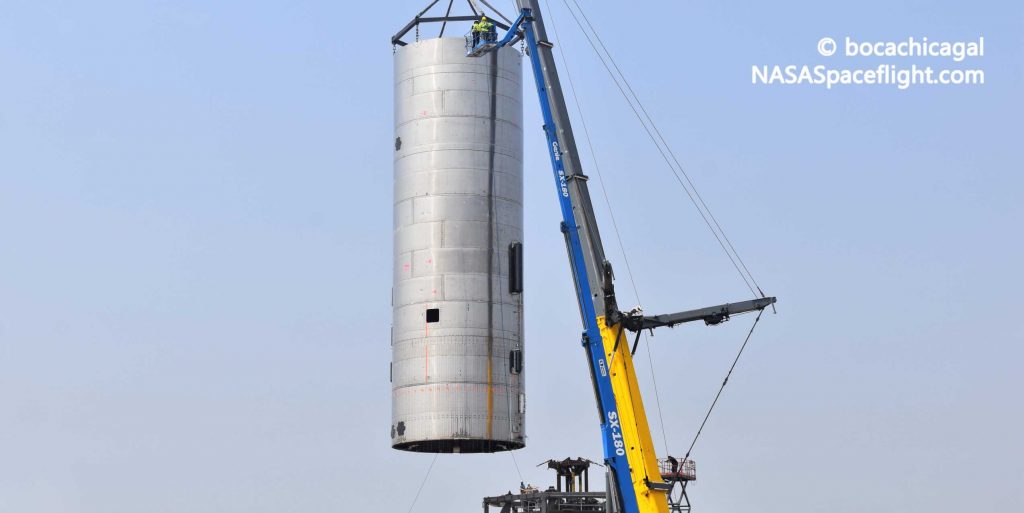
While it appears that SpaceX only performed a partial wet dress rehearsal with liquid methane and oxygen and completed a test of part of Starship SN4’s installed Raptor engine (known as the preburner), it means that a Starship has survived a truly launch vehicle-like procedure for the first time ever. In other words, Starship SN4’s May 4th success served as SpaceX’s most important verification yet that its exotic Starship manufacturing approach could be viable for building actual orbital-class rockets.
Up next, SpaceX will attempt to perform a full wet dress rehearsal (WDR) and a static fire test of Starship SN4 and its lone Raptor engine. That test attempt could come as soon as this evening.

Elon Musk
Elon Musk’s Biggest Revelations on AI, Robots, and the Future of Work from the Moonshots Podcast

Elon Musk’s appearance on the Moonshots with Peter Diamandis podcast was packed with bold predictions, candid admissions, and surprising tech insights. The nearly three-hour conversation covered everything from artificial intelligence to humanoid robots, geopolitics, and the future of work. Here are the top 10 most intriguing takeaways:
-
Aggressive AGI Timeline Predictions
Musk offered a detailed view on when artificial general intelligence (AGI) could emerge, suggesting it may arrive sooner than many expect, emphasizing both transformative potential and risks.
-
U.S. vs. China in the AI Race
He discussed the strategic competition between the United States and China over AI development, noting that geopolitical dynamics will shape how and who leads in the next decades.
-
Future of Job Markets
Musk touched on how AI and automation could reshape employment, predicting massive boosts in productivity alongside potential disruptions in traditional work structures.
-
Clean Energy Transition
A recurring theme was the role of clean energy in future economies, with Musk reiterating the importance of scaling sustainable power generation and storage.
-
Humanoid Robots Are Coming
On the podcast, Musk elaborated on Tesla’s work on humanoid robots, hinting at timelines and applications that go beyond factories to general-purpose assistance.
-
Tesla Roadster “Last Human-Driven Car”
Outside the core discussion topics, Musk teased features of the upcoming Tesla Roadster — calling it “the best of the last of the human-driven cars” and suggesting safety won’t be its main selling point.
-
The Role of AI in Clean Energy and Robotics
Linking AI to both energy optimization and robotics, Musk explained how smarter systems could accelerate decarbonization and task automation across industries.
-
U.S. Innovation Leadership
Musk argued that maintaining American leadership in key tech sectors like AI, space, and robotics should be a national priority, with thoughtful policy and investment.
-
Job Creation vs. Job Elimination
While acknowledging automation’s disruptive effects, he also outlined scenarios where new industries and opportunities could emerge, particularly in AI, space, and advanced manufacturing.
-
Long-Term Vision for Humanity
Throughout the conversation, Musk revisited his long-term philosophical views — including a belief in humanity’s responsibility to become a multi-planetary and technologically empowered species.
Whether you agree with Musk’s optimism or not, the podcast offers a window into the thinking of one of the most influential figures in tech today, in and why his visions continue to spark debate and inspiration.
Elon Musk
Elon Musk just said some crazy stuff about the Tesla Roadster
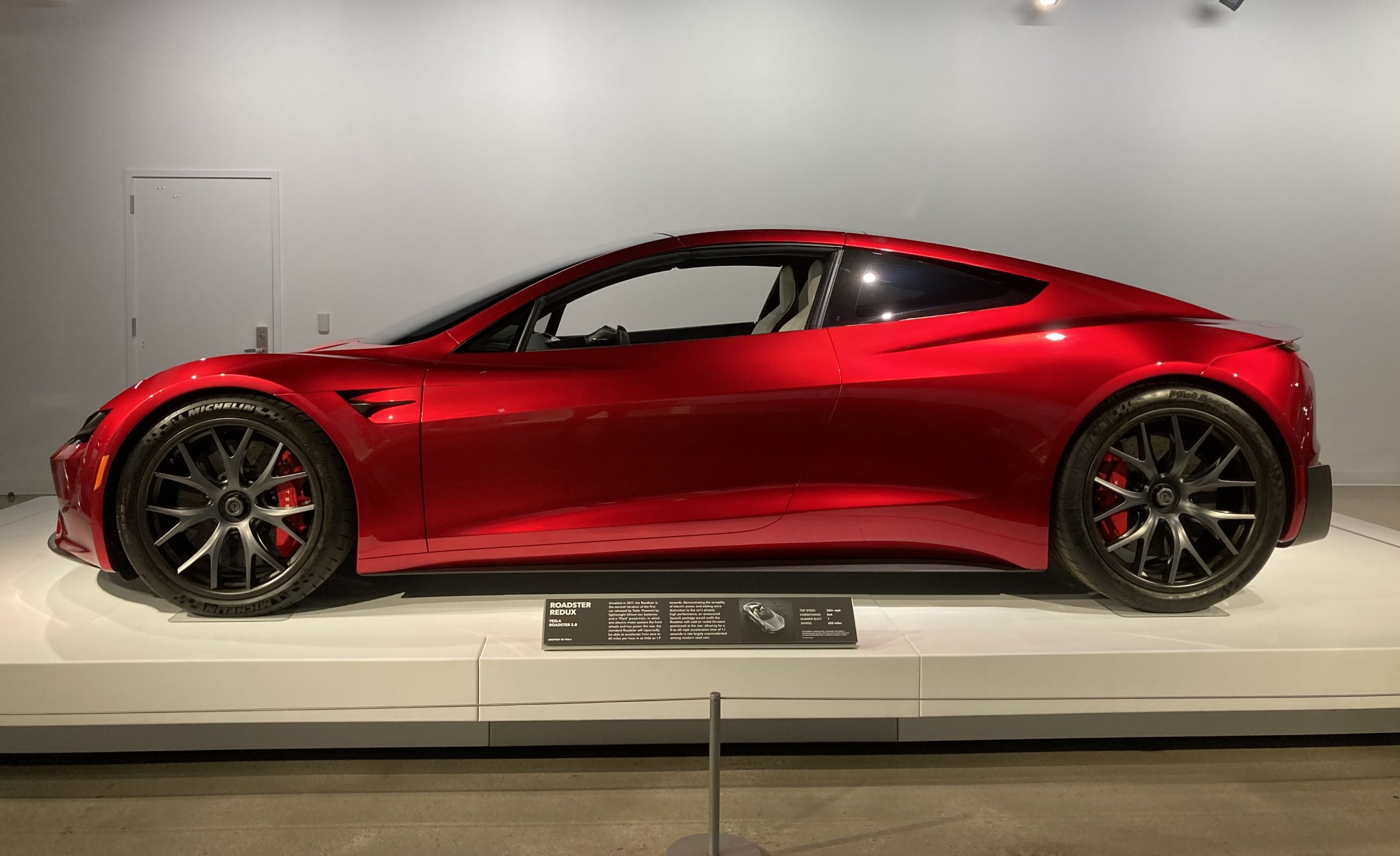
Elon Musk appeared on the Moonshots podcast with Peter Diamandis today to discuss AGI, U.S. vs. China, Tesla, and some other interesting topics, but there was some discussion about the upcoming unveiling of the Roadster, the company’s electric supercar that will arrive several years after it was initially slated for release.
Musk made some pretty amazing claims about the Roadster; we already know it is supposed to be lightning-fast and could even hover, if Tesla gets everything to happen the way it wants to. However, the car has some pretty crazy capabilities, some of which have not even been revealed.
On the podcast, Musk said:
“This is not a…safety is not the main goal. If you buy a Ferrari, safety is not the number one goal. I say, if safety is your number one goal, do not buy the Roadster…We’ll aspire not to kill anyone in this car. It’ll be the best of the last of the human-driven cars. The best of the last.”
🚨 Elon on the Roadster unveiling, scheduled for April 1:
— TESLARATI (@Teslarati) January 6, 2026
Musk makes a good point: people who buy expensive sports cars with ridiculous top speeds and acceleration rates do not buy them to be safe. They hope they are safe in case of an emergency or crash, but safety is not at the forefront of their thoughts, because nobody buys a car thinking they’ll crash it.
The Roadster is truly going to push the limits and capabilities of passenger vehicles; there’s no doubt about that. Tesla plans to show off the new version car for the first time on April 1, and Musk has only hinted at what is possible with it.
Musk said back in November:
“Whether it’s good or bad, it will be unforgettable. My friend Peter Thiel once reflected that the future was supposed to have flying cars, but we don’t have flying cars. I think if Peter wants a flying car, he should be able to buy one…I think it has a shot at being the most memorable product unveiling ever. [It will be unveiled] hopefully before the end of the year. You know, we need to make sure that it works. This is some crazy technology in this car. Let’s just put it this way: if you took all the James Bond cars and combined them, it’s crazier than that.”
Production is set to begin between 12 and 18 months after the unveiling, which would put the car out sometime in 2027. Hopefully, Tesla is able to stay on track with the scheduling of the Roadster; many people have been waiting a long time for it.
News
Tesla launches hiring for Robotaxi program in its twentieth country
Overall, the hiring signals Tesla’s aggressive timeline for global dominance in autonomous mobility.

Tesla has launched a hiring initiative for its Robotaxi program in its twentieth country, as the company posted two new jobs in Thailand this week.
Tesla is hiring in Bangkok and Kowloon for the Vehicle Operator position, which is related to data collection, and is the first in Thailand, but the twentieth country overall, as the company tries to expand into other markets.
🚨 BREAKING: Tesla is hiring additional full-time Vehicle Operators in Bangkok, Thailand.
Previous openings were 6-month, part-time roles. These are equivalent to AI Safety Operator roles in the U.S. pic.twitter.com/R6LzoU1bos— Tesla Yoda (@teslayoda) January 5, 2026
Tesla has had active job postings for Vehicle Operator positions in the United States, India, Israel, Taiwan, Germany, the Czech Republic, Hungary, the UK, Finland, Switzerland, Sweden, the Netherlands, Austria, Spain, Norway, Italy, and Turkey in past listings.
These postings are not all currently available, likely because the roles have been filled.
Thailand is the most recent, and broadens the company’s potential path to expanding its ride-hailing program, which is only active in the United States in Austin, Texas, and the California Bay Area, so far.
These roles typically involve data collection, which assists in improving Autopilot and Full Self-Driving operation. Tesla’s self-driving programs utilize real-world data that is accumulated and stored, observing vehicle and traffic behavior, as well as tendencies that are performed by human drivers to help increase safety and overall performance.
Overall, the hiring signals Tesla’s aggressive timeline for global dominance in autonomous mobility. Although the company has several high-profile rivals and competitors in the field, it has established itself as a main player and a leader in the development of autonomous technology, especially in the U.S., as its FSD suite is refined on almost a weekly basis.
The Full Self-Driving suite is available in seven countries and territories currently, including the U.S., Canada, China, Mexico, Puerto Rico, Australia, and New Zealand. Its biggest goal for expansion is currently the European market, where regulatory hurdles have been the main bottleneck prolonging its launch on the continent.
Tesla has performed months of testing in various European countries, including France and Spain, and does have support in some areas from various regulatory agencies. However, the company is hoping to get through this red tape and offer its suite in Europe for the first time, hopefully this year.








